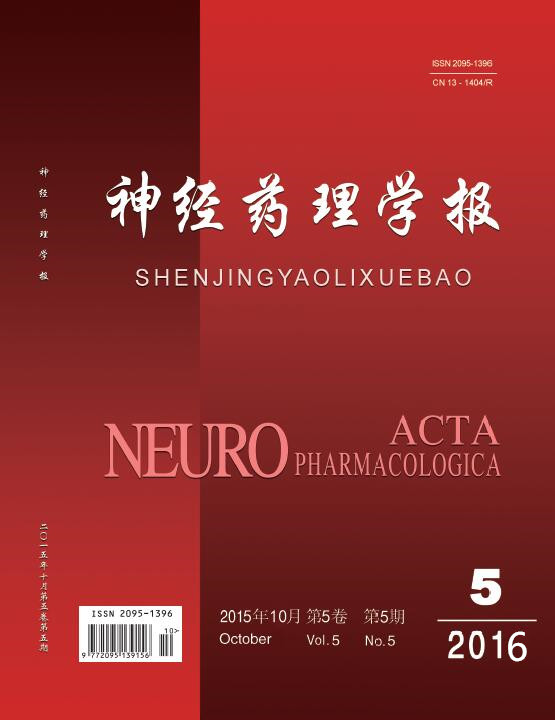|
|
Progress in Genetic Factors for Male Infertility
CHEN Wen-yang, SHEN Li-xia, ZHANG Gui-rong
2016, 6 (5):
53-64.
DOI: 10.3969/j.issn.2095-1396.2016.05.008
Male infertility was caused by mutiple factors,including both genetic and environmental factors. Nearly 50% of clinic male infertility disorders were from genetic defects,which had shown mainly four different variation hierarchies,aneuploid chromosome variation,structural chromosome variation,gene copy number variation and single gene mutation. In recent years the increasingly deep recognition of genetic male infertility has been witnessed. This review summarizes the research progress of the genetic factors for male infertility on the aspects of epidemiology,mechanisms and pathological changes,from aforesaid four different variations.
References |
Related Articles |
Metrics
|

